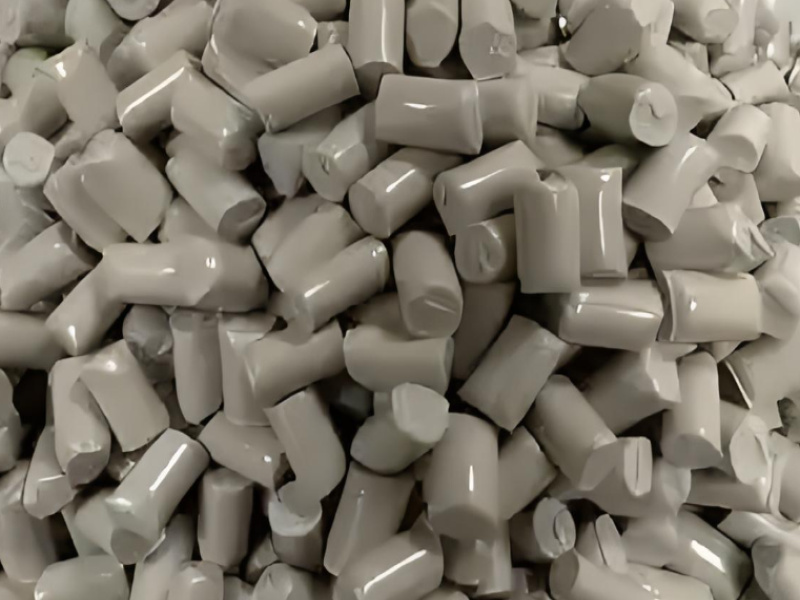PEEK (polyetheretherketone) is a high-performance composite material made by combining PEEK resin with reinforcing materials such as carbon fiber, glass fiber, and ceramics. PEEK materials with higher hardness have better resistance to scratching and abrasion, making them suitable for manufacturing wear-resistant parts and components that require high-strength support. The high hardness of PEEK enables it to maintain its shape unchanged even after withstanding mechanical stress and long-term use, which allows it to be widely used in fields such as aerospace, automotive, and medical care.
For PEEK materials, hardness is an important indicator of the material’s ability to resist deformation under external forces. Its hardness has a decisive impact on their performance and applications. The hardness is usually measured by Rockwell hardness, especially the HRR scale, which is suitable for medium-hard plastics. The test is convenient and causes little damage to the material.
In the Rockwell hardness testing standards for Peek polymer composite materials, the R scale (HRR) and M scale (HRM) are widely used, among which the R scale is relatively more commonly applied.
For most unreinforced or low-reinforcement pure Peek materials (e.g., glass fiber content ≤ 30%), the R scale is usually the preferred choice. This is because the R scale is suitable for relatively soft plastics, the hardness of pure Peek materials generally ranges from approximately HRR110 to HRR120, which falls within the measurement range of the R scale—allowing for accurate reflection of their hardness values. Additionally, the data from this scale has stronger universality in the industry when testing the hardness of such materials.
For high-reinforcement Peek composite materials (e.g., glass fiber/carbon fiber content ≥ 30%), the M scale is often used due to their higher hardness. The M scale applies a larger test force, which can reduce the impact of reinforcing fibers on indentations and result in more stable testing data.

The Rockwell hardness testing of PEEK polymer composites shall comply with ASTM D785 or ISO 2039-2 standards. The core process involves applying a specific load through a diamond indenter and calculating the hardness value based on the indentation depth. During the testing process, special attention must be paid to controlling sample preparation and the testing environment to ensure the accuracy of the result value. Two key prerequisites must be noted during testing:
1.Sample Requirements: The thickness shall be ≥ 6 mm, and the surface roughness (Ra) shall be ≤ 0.8 μm. This avoids data distortion caused by insufficient thickness or uneven surface.
2.Environmental Control: Testing is recommended to be conducted in an environment with a temperature of 23±2℃ and a relative humidity of 50±5%. Temperature fluctuations can significantly affect the hardness readings of polymer materials like Peek.
Different standards have slightly different provisions for the testing procedures, so below basis to be followed must be clearly defined in actual operations.
|
Testing Standard |
Commonly Used Scale |
Initial Load (N) |
Total Load (N) |
Applicable Scenarios |
| ASTM D785 | HRR |
98.07 |
588.4 |
PEEK with medium hardness (e.g., pure material, glass fiber reinforced) |
| ASTM D785 | HRM |
98.07 |
980.7 |
PEEK with high hardness (e.g., carbon fiber reinforced) |
| ISO 2039-2 | HRR |
98.07 |
588.4 |
Consistent with the testing conditions of the R scale in ASTM D785 |
The hardness of certain reinforced PEEK composite materials can even exceed HRC 50. It is necessary to test their mechanical properties by examining indicators such as tensile strength, flexural strength, and impact strength. Standardized tests should be conducted in accordance with international standards like ISO and ASTM to ensure the stability of their quality and performance, as well as to guarantee the safety and reliability of their applications in relevant fields.
Post time: Oct-29-2025







